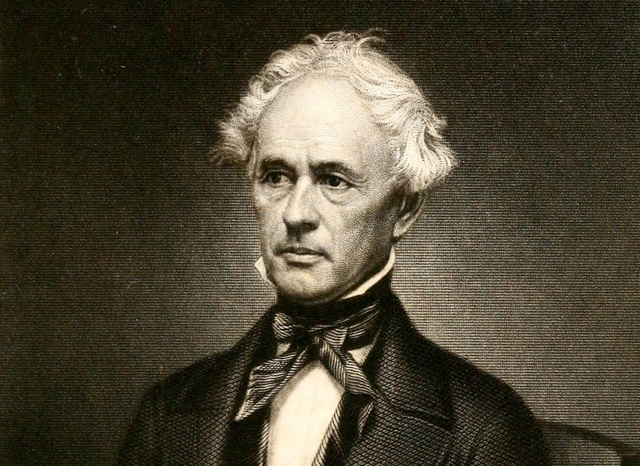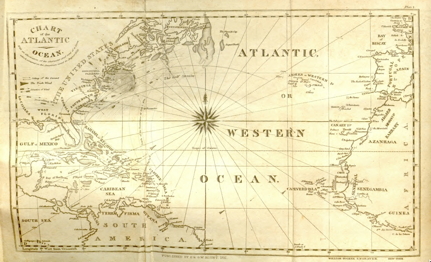
In the July 1831 edition of the American Journal of Science and Arts, William C. Redfield published an article in which he proposed that the winds of an 1821 hurricane were circular in nature. While others before him had proposed that such storms were large vortices, he presented evidence of tree falls after the 1821 storm which demonstrated the counterclockwise nature of the destructive winds. He also included observations from two other hurricanes in 1830 to further illustrate his hypothesis. He reconstructed the track of one of these 1830 storms and contended its path was driven by the prevailing winds. He also thought that hurricanes were generated when the Trade Winds interacted with the mountains of the Greater Antilles.

The article came to the attention of Lt. Col William Reid of the British Royal Engineers, who was surveying the damage of an 1831 hurricane that had struck Barbados. Their correspondence led Reid to publish his 1838 book “The Law of Storms”, which aided mariners in avoiding the worst sector of hurricanes while at sea. Their collaboration continued through the rest of their lives.
Not everyone accepted Redfield’s theory. He engaged in a very public dispute with James Pollard Espy, who believed storm winds blew directly into the center. The debate made Redfield alter his hypothesis, instead of the winds being strictly circular he now posited that they spiraled inward. Redfield also continued to reconstruct the tracks of hurricanes using ship reports and weather observations on land. He even recreated the tracks of Pacific storm at the behest of the U.S. Navy.
Redfield also published articles on paleontology and was a founding member and first president of the American Association for the Advancement of Science.